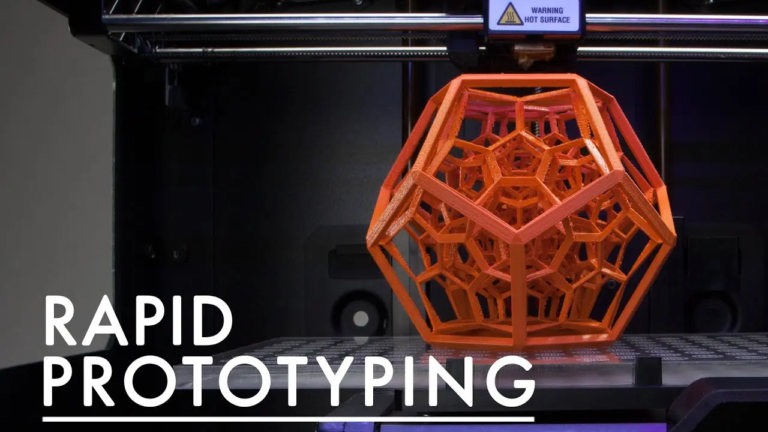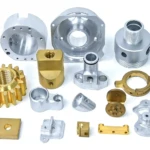Improve CNC machining efficiency: best practices and innovative technologies
As an experienced CNC machining service provider, we understand the importance of efficiency in meeting modern manufacturing needs. With increasing complexity of parts and the need for faster turnaround times, CNC machining efficiency has become a key factor in maintaining competitiveness. In this article, we will dig into best practices and innovative technologies to help improve CNC machining efficiency, ensuring you stay ahead of the curve.
Eliminate waste and reduce set time
Effective CNC machining begins with a good planned workflow. Here are some strategies that can help minimize waste and reduce setup time:
- Optimization Tools: Leverage optimized tool configurations that can machining multiple parts in a single operation, reducing the need for repeated tool changes.
- Simplify the process: Implement a clean and organized workshop layout to minimize travel time between machines and reduce parts handling. Timely (JIT) manufacturing technology can also be used to reduce inventory and optimize material flow.
- Using multi-axis machines: The five-axis CNC machining function allows complex operations in a single setup, eliminating multiple machine changes and reducing cycle time.
Improve the optimization of processing parameters and tool paths
Correct machining parameters and tool route optimization can greatly affect efficiency. Consider the following:
- Tool path optimization: Implement tools designed specifically for your materials and operations, such as high-speed machining (HSM) for aluminum or other hard materials.
- Spindle speed and feed speed: Adjust these parameters to find the best balance between speed, finish and tool life.
- Choice of cutting tools: Choose the right tool for work, consider factors such as material hardness, tool material and operation type.
Integrate with technology
Combined with technological advancements, it can significantly improve CNC processing efficiency:
- CIM system: Implement Computer Process Management (CPM) and Computer Aided Manufacturing (CAM) software to simplify workflows, optimize production and minimize errors.
- Machine monitoring: Implement real-time monitoring of machine performance and tool wear to schedule predictive maintenance to reduce downtime.
- Automation and robotics: Utilize automation and robotics to free operators to perform more complex tasks and optimize operational efficiency.
Innovative technologies and strategies
The adoption of new technologies and methods can further improve efficiency:
- Additive Manufacturing: Consider addition methods (such as 3D printing), which can be produced immediately without tools or settings.
- Fixtures and fixtures: Use special fixtures and fixtures to improve setup speed, accuracy and versatility.
- Digital Twins: Use digital dual technology to optimize the processing process and verify the design before production.
in conclusion
In today’s fast-paced manufacturing environment, CNC processing efficiency is no longer a luxury, but a necessity. By implementing the best practices and innovative technologies outlined in this article, you will be able to meet the needs of a rapidly growing market. Remember that adaptation and innovation can significantly increase productivity, reduce waste and drive growth in the industry. Now it’s time to improve CNC machining efficiency and stay ahead of the curve.
FAQ (FAQ)
ask: How to optimize my CNC machining process in faster production time?
A: To optimize your productivity, focus on using effective tools, simplify the process and leverage multi-axis machines. Consider investing in technologies such as CIM systems and real-time machine monitoring to automate processes and minimize downtime.
ask: What role does toolpath optimization play in CNC machining efficiency?
A: Toolpath optimization is crucial because it allows you to efficiently machining parts with the shortest distance, minimizing material waste and reducing the risk of errors. Optimized tool paths can significantly improve productivity and accuracy of CNC machining operations.
ask: How to ensure consistent quality in CNC processing?
A: Consistent quality is achieved by leveraging automatic calibration machines, monitoring and maintenance machines, investing in clear tolerance parts and emphasizing the importance of continuously monitoring machine tool performance. Remember that precise parts should be monitored for thorough adjustment and accuracy levels during production to maintain high accuracy.

















